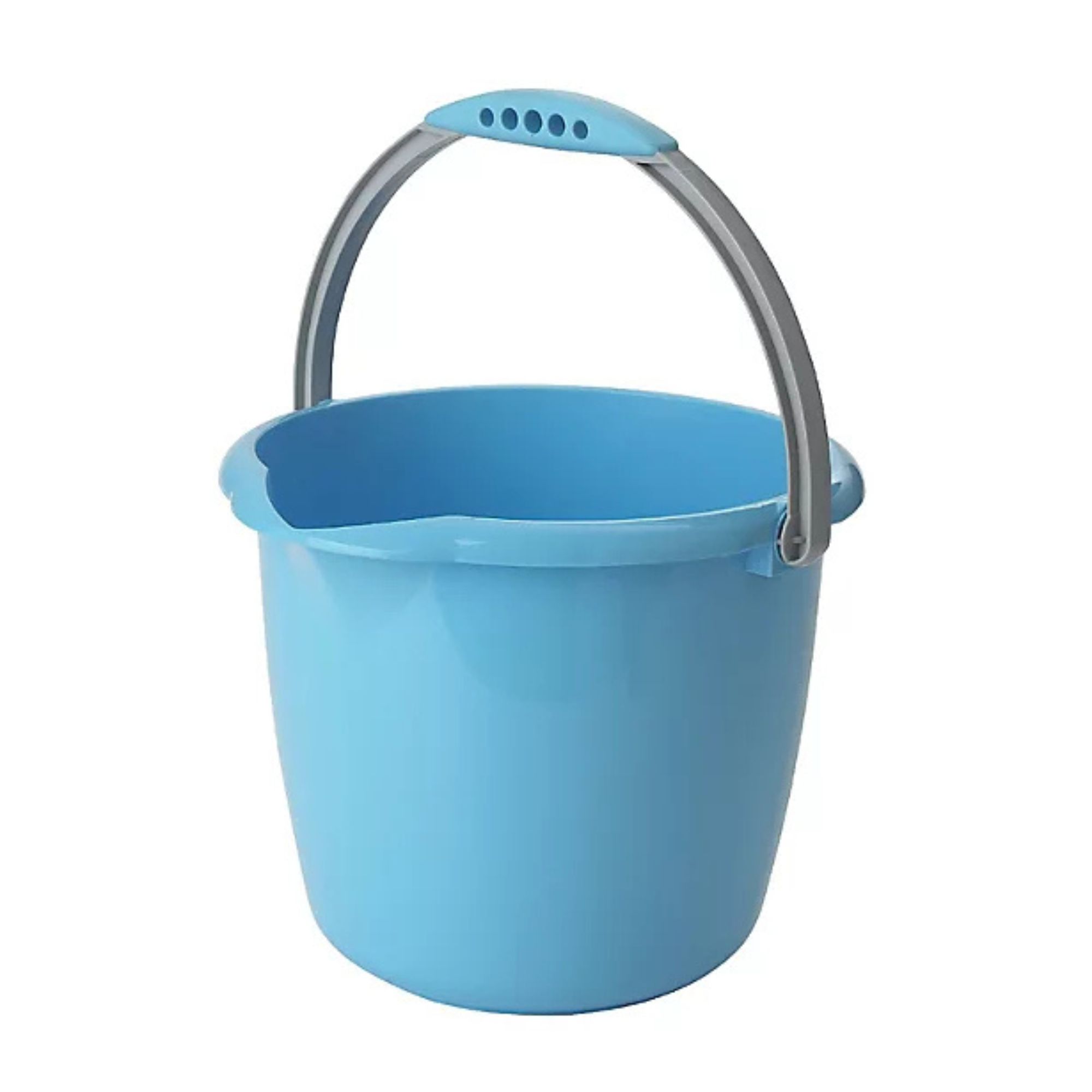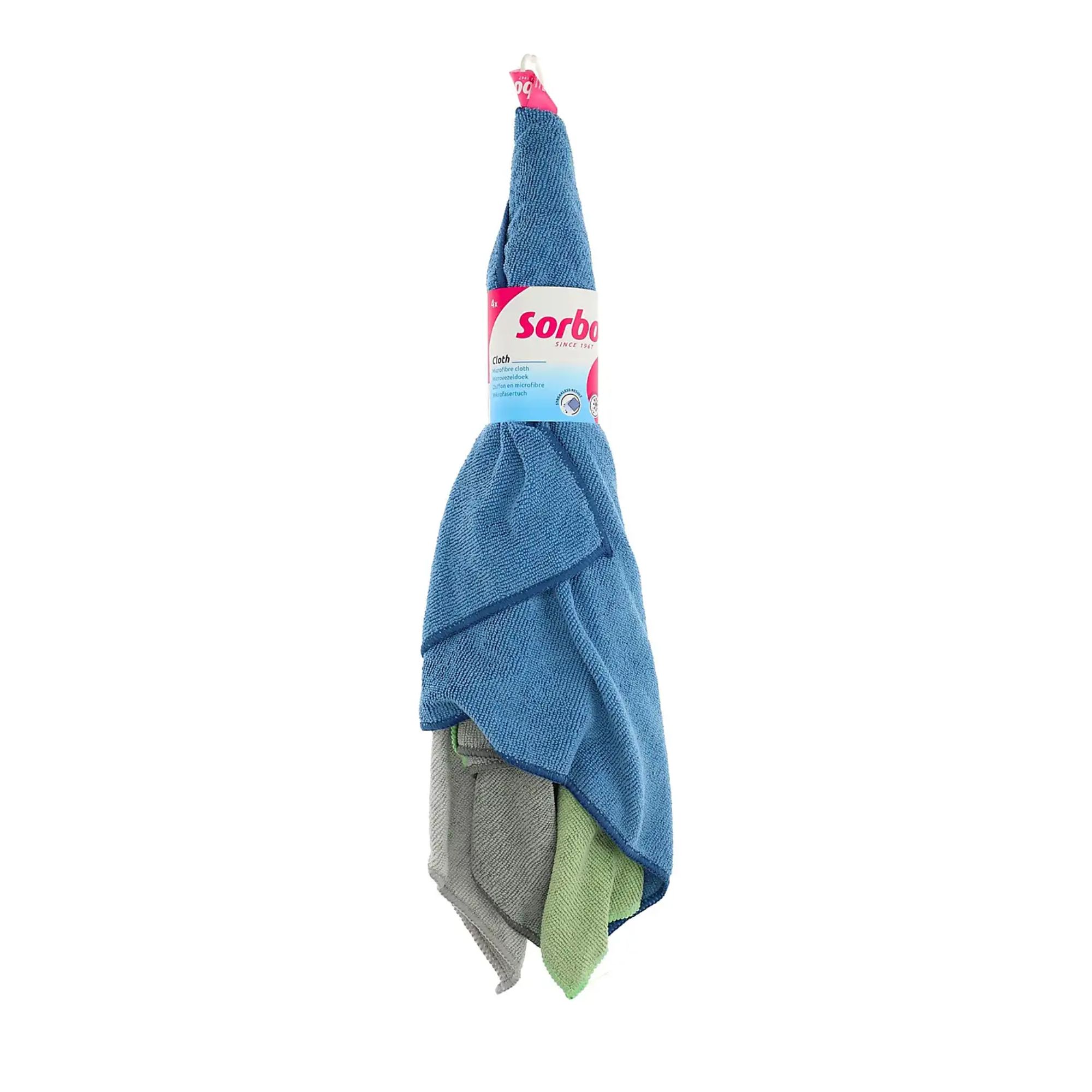How to bleed a radiator without a radiator key — banish cold spots and improve the efficiency of your heating system with this alternative tool
You don’t necessarily need a radiator key, but you should still exercise caution
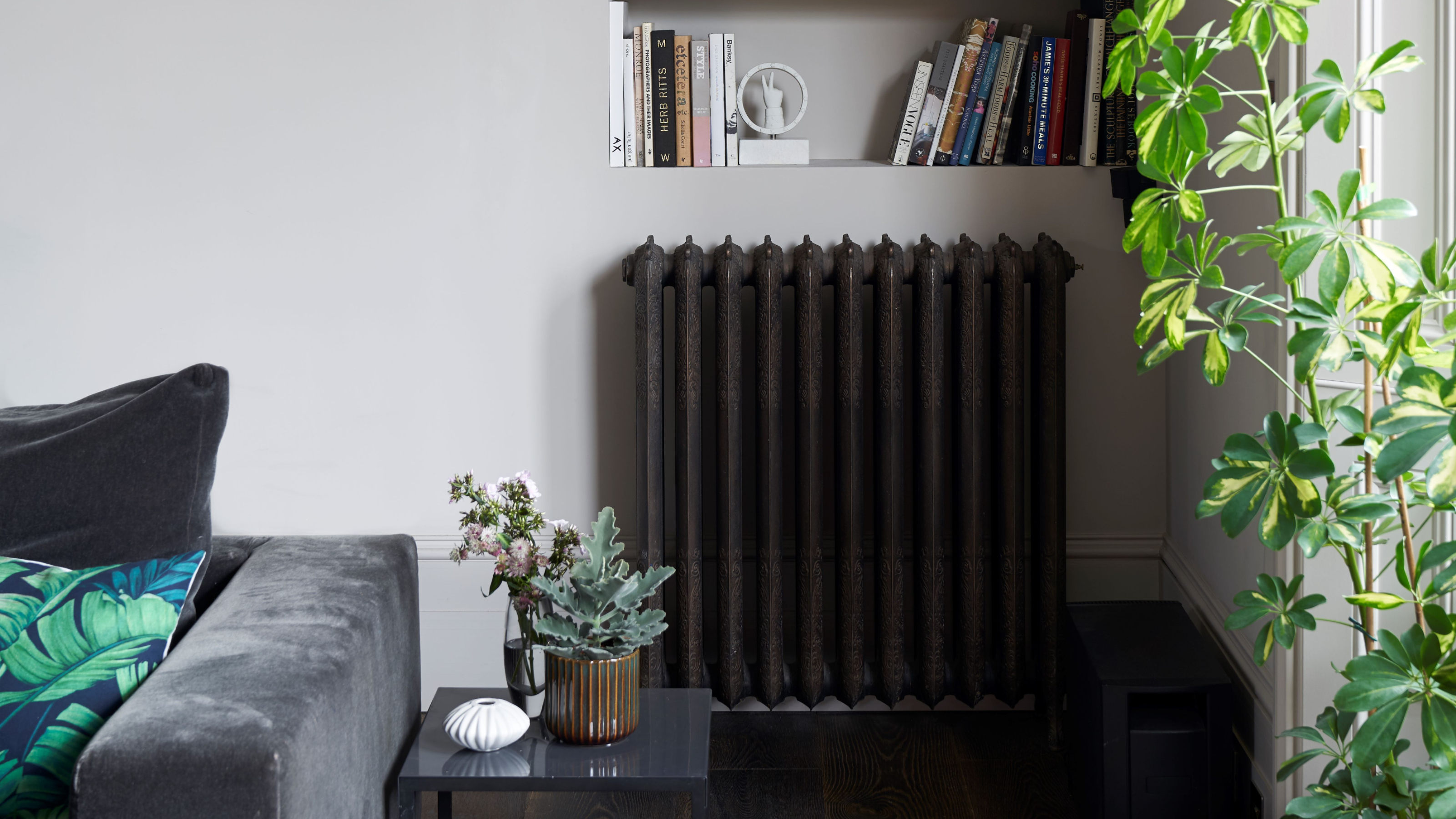

A radiator key is specifically designed to bleed radiators, but if you’ve lost or broken yours, you may be interested to know that you can bleed a radiator without a radiator key. However, this isn’t a simple task and not something that should be taken lightly.
Whether you’re a homeowner or renter, you should never underestimate the importance of bleeding a radiator. This essential task will remove any trapped air in your heating system, banish cold spots and improve its overall efficiency - making it easier to keep your house warm in winter and save energy simultaneously. But this is easier said than done if you don’t have a radiator key.
Although you could buy a radiator key to tick this yearly task off your to-do, you don’t necessarily have to. If you have other tools in your home, it may be possible to bleed a radiator without a radiator key - as long as you know how to do it and avoid the potential risks associated with it. So, follow this step-by-step guide to get the job done.
What you’ll need
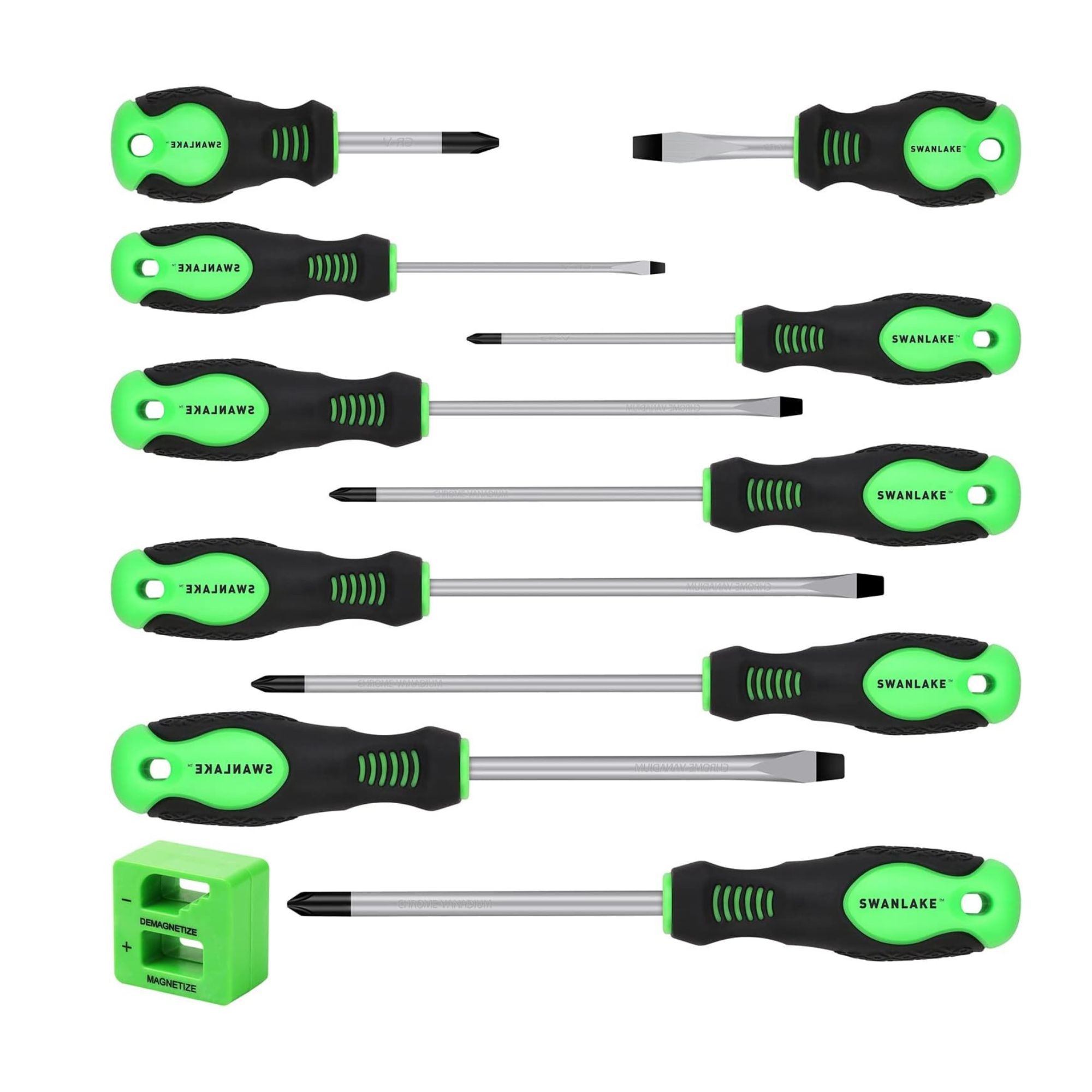
It's always handy to have a screwdriver set in the house just in case, and this 11-piece set comes with various flat-head options. They even come in their very own storage box.
Step-by-step
1. Find an alternative tool
Unfortunately, radiator bleed valves can’t be turned by hand, which means that you’ll always have to find an alternative tool to help you out. But you're in luck if you have a flat-head screwdriver in your toolbox or stashed away in your junk drawer.
Nicholas Auckland, heating expert at Trade Radiators, explains, ‘If you don't have a radiator key, a flat head screwdriver is the most popular alternative, and most radiators manufactured over the last 5-10 years will have a small indent that allows for a flat head screwdriver to be inserted into the bleed plug.’
Of course, you could also opt for a specific radiator bleed tool like this £11 tool from Amazon. I personally tried this in my own home and bled all of my radiators in under 5 minutes, and requires no clean-up at all.

Nicholas Auckland is a heating and energy expert with over 10 years of experience in the industry, as well as the Managing Director of Trade Radiators. Nicholas is dedicated to finding the best heating solutions for every need, as well as optimising energy usage, reducing costs and helping others live with lower costing energy bills. Nicholas has become a trusted leader in the industry, frequently collaborating with the media and other partners to assist with cost of living issues and other home-related problems.
2. Identify the type of radiator you have
While a flat-head screwdriver should help you bleed a radiator when you don’t have a radiator key, it’s important to understand that this is not a one-size-fits-all solution. This is especially true if you have older radiators.
‘Some panel radiators, like the older ones, probably don't have the option to use a flathead screwdriver. Bleeding the radiator in this situation is more challenging but not impossible. You should attempt using alternative tools like an Allen key, a small spanner, or a pair of pliers,’ says Nicholas.
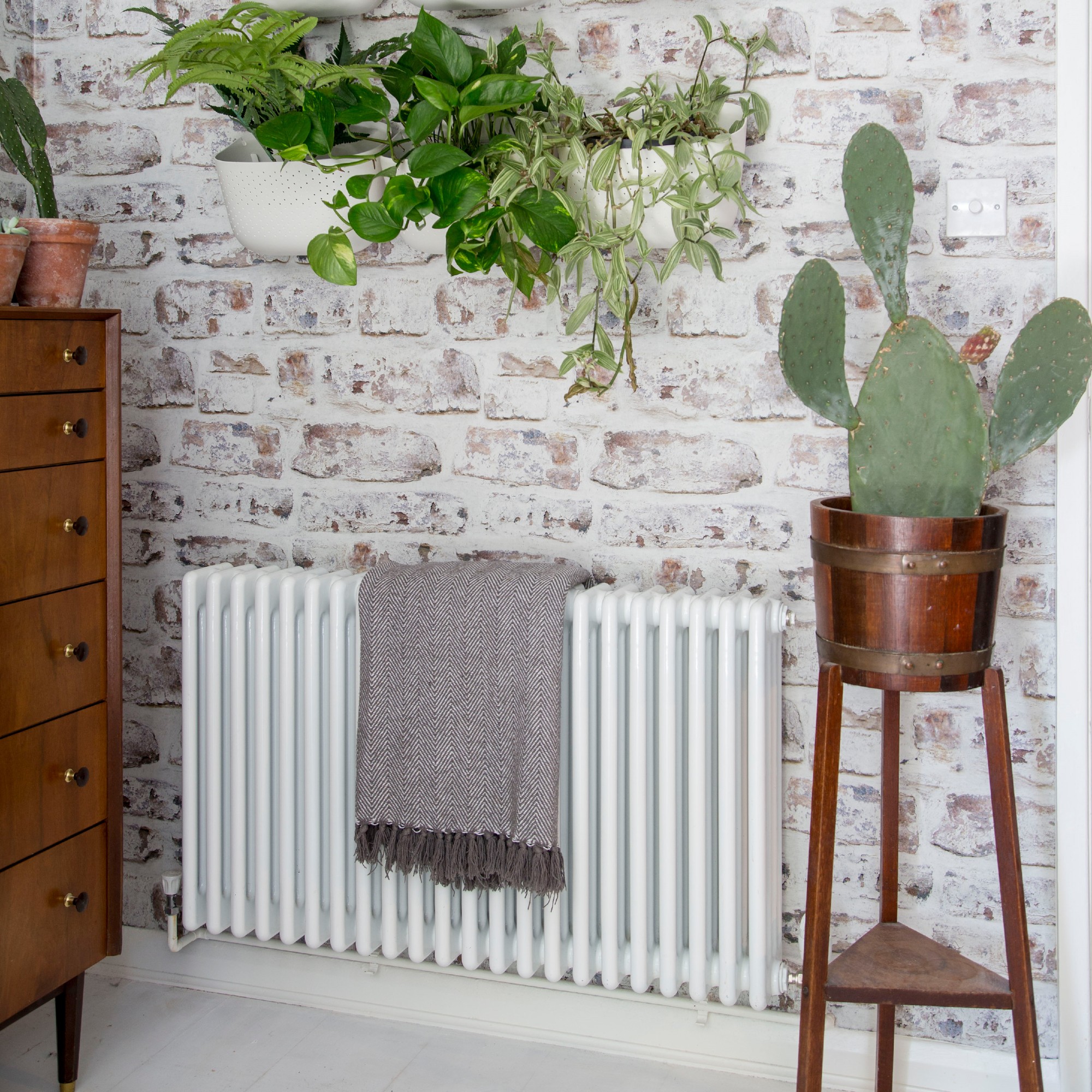
3. Prepare the area and turn the heating off
Bleeding a radiator can be a messy business. So, prepare the area by placing some towels underneath and around the bleed valve to protect your floor from any potential drips.
If you’re really concerned about making a mess, you could also consider placing a bucket underneath the bleed valve to catch any stray water.
Of course, you should never bleed a radiator while the heating is on, as the hot water and steam could result in serious burns. So always ensure you turn off your heating and allow your radiators to cool before moving on to the next step.
4. Open and then close the valve
Next, you need to open the bleed valve, which would normally be done using a radiator key. But if you’re using an alternative tool, use that instead.
Jessica Steele, heating technology expert at BestHeating, advises, ‘Turn the valve at the top of the radiator to release trapped air. When water starts coming out, the air is gone, and you can close the valve. This should allow the hot water to flow evenly.’
During this stage, you should also hear a hissing sound as the trapped air escapes. But if you don’t hear any air and are met with water straight away, you can count yourself lucky that your radiators didn’t need some extra TLC.
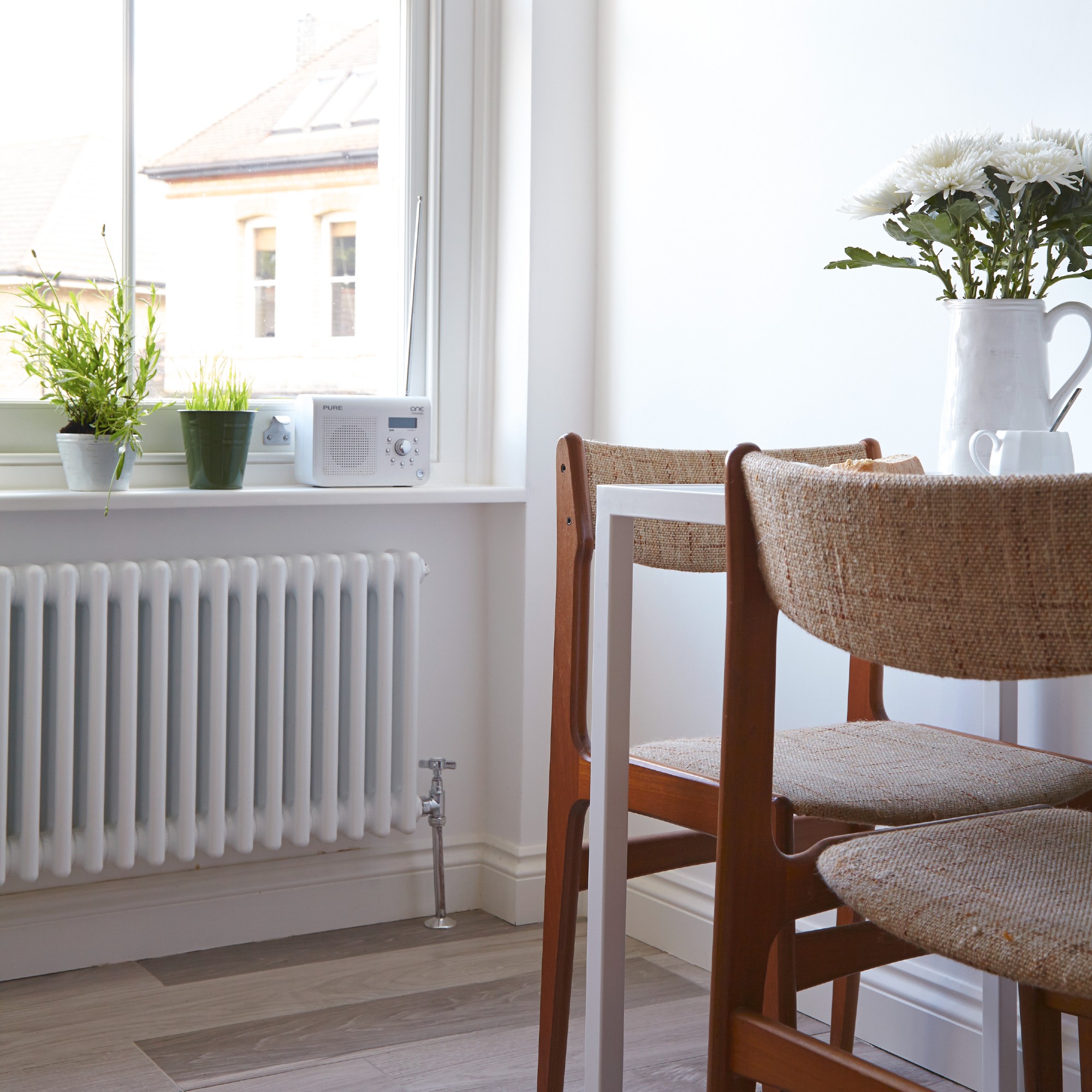
5. Check the pressure
Although bleeding your radiators can make them more energy efficient, this process can also cause the pressure in your boiler to drop. So, before you pack up your tools and turn the heating back on, you should always check the pressure gauge on your boiler.
Stephen Day, Operations Director at iHeat, says, ‘If it’s too low, you may need to repressurise your heating system.’ This task will be different for every boiler, so it’s best to consult your manual for the exact instructions on how to do that.
6. Test your heating
When you think you’ve successfully bled your radiators and your boiler is at the correct pressure, you can then check your handiwork by testing the heating. If you have been successful, all of your radiators should warm up quickly and evenly.
If they don’t, you may have to repeat the process, or it may be that you need to look into how to flush a radiator or how to balance a radiator.
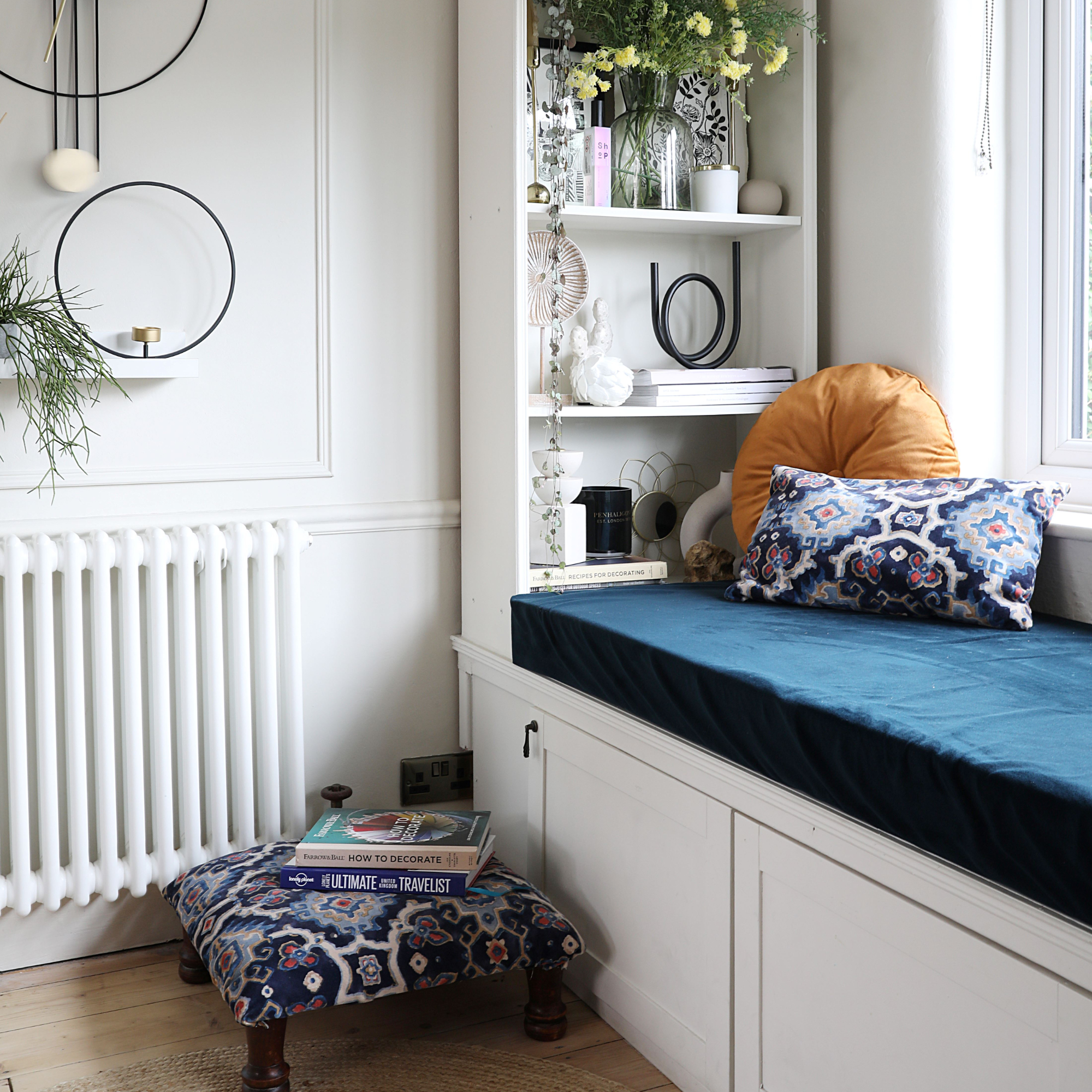
Risks to consider when bleeding a radiator without a radiator key
While it’s certainly possible to bleed a radiator without a radiator key, you should always exercise caution when using something that wasn’t designed for that specific task. In fact, doing so could spell disaster for yourself and your heating system if you’re not careful.
Nicholas explains, ‘These alternative tools can potentially damage the bleed plug permanently due to the fact that they're not specifically designed for this purpose. Even if you successfully open the bleed valve and release the air, you may encounter difficulties when attempting to close it again, which could result in too much water loss and even burns.’
‘If you don't have a radiator bleed key and your radiator can't be fixed with a flathead screwdriver, first think about whether you can wait until you can get a bleed key or call in a professional who will have all the correct tools.’
‘Although it's frustrating if the issue can't be solved immediately, using a bleed key is the only truly appropriate tool for this task. It'll help you clear the issue without damaging your radiator, so it's always better to wait a little longer for a proper solution rather than choosing a temporary and forceful fix that could cause damage.’
Of course, if you’re not confident in how to bleed a radiator without a radiator key, we’d always suggest consulting a professional before trying any DIY plumbing. Although the parts and labour will cost you, seeking professional help could ultimately save you a lot of money in the long run if you were to do something wrong.

FAQs
What happens if you let too much water out of a radiator?
It’s not uncommon for water to come out of your radiators when bleeding them. In fact, the sight of this water is the best indicator that all of the trapped air has been removed. But it’s essential that you don’t let too much water out of a radiator as this can cause you problems.
Releasing too much water can cause your boiler pressure to drop very quickly and dramatically, which means it will need to be repressurised. This can be extremely stressful for a boiler - especially an older one - and can cause damage.
Alongside this, releasing too much water out of your radiators can also result in too much fresh water entering your radiators. This will be full of air bubbles, which can cause cold patches and heating problems in the future.
Should you bleed radiators with heating on or off?
You should never bleed radiators while the heating is on. Not only must the heating be off, but you must also wait for the radiators to cool down before doing anything to them. This is for your own safety (i.e to prevent burns and injury) but also for the effectiveness of the bleeding process.
If you bleed a radiator while the heating is on, the air bubbles may not settle, which means that they’ll be harder to remove.
Now you know how to bleed a radiator without a radiator key, it’s time to get started!
Get the Ideal Home Newsletter
Sign up to our newsletter for style and decor inspiration, house makeovers, project advice and more.

Lauren Bradbury has been the Content Editor for the House Manual section since January 2025 but worked with the team as a freelancer for a year and a half before that. She graduated with a Bachelor’s degree in English and Creative Writing from the University of Chichester in 2016. Then, she dipped her toe into the world of content writing, primarily focusing on home content. After years of agency work, she decided to take the plunge and become a full-time freelancer for online publications, including Real Homes and Ideal Home, before taking on this permanent role. Now, she spends her days searching for the best decluttering and cleaning hacks and creating handy how-to guides for homeowners and renters alike, as well as testing vacuums as part of her role as the Ideal Home Certified Expert in Training on Vacuums, having spent over 110 hours testing different vacuum models to date!
-
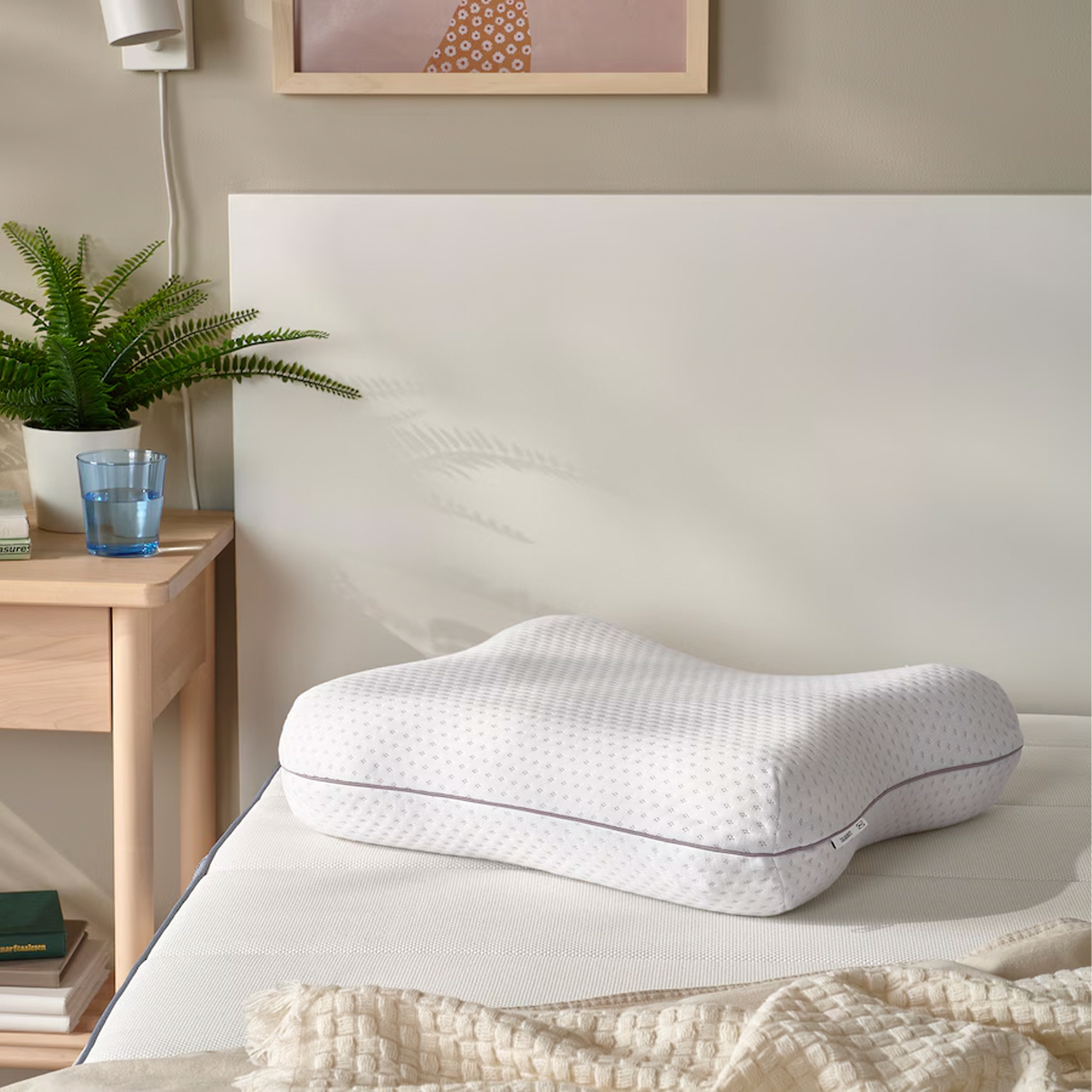 IKEA's unique butterfly-shaped pillow is getting rave reviews from restless sleepers for delivering a dreamy night's sleep
IKEA's unique butterfly-shaped pillow is getting rave reviews from restless sleepers for delivering a dreamy night's sleepAre you a side, back, *and* front sleeper? If so, IKEA's just launched a multi-position pillow that could be the answer to a better night's sleep
-
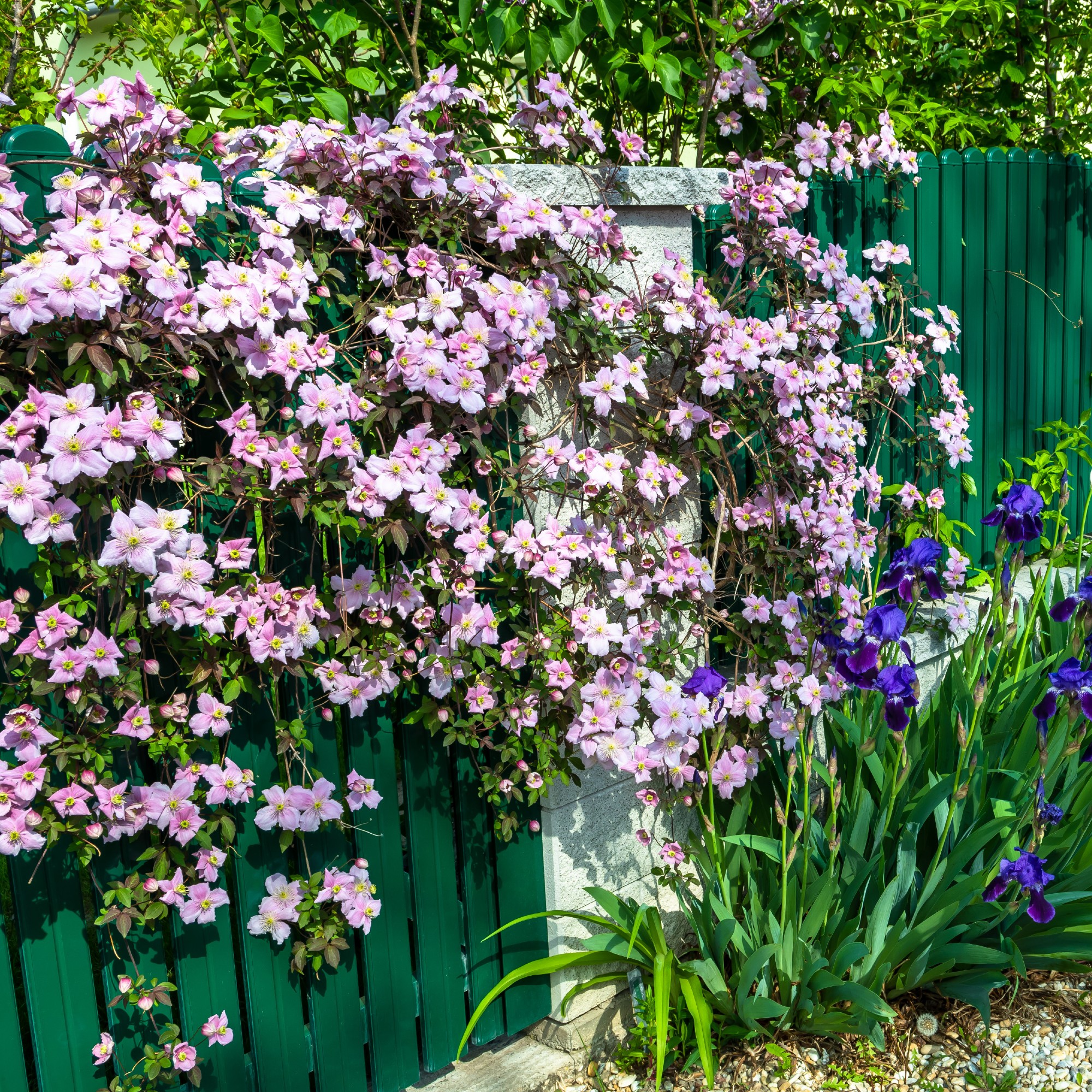 How to revive a woody clematis plant – 3 steps to help your climbing plant to thrive again
How to revive a woody clematis plant – 3 steps to help your climbing plant to thrive againIf you're looking to rejuvenate an old clematis, you've come to the right place...
-
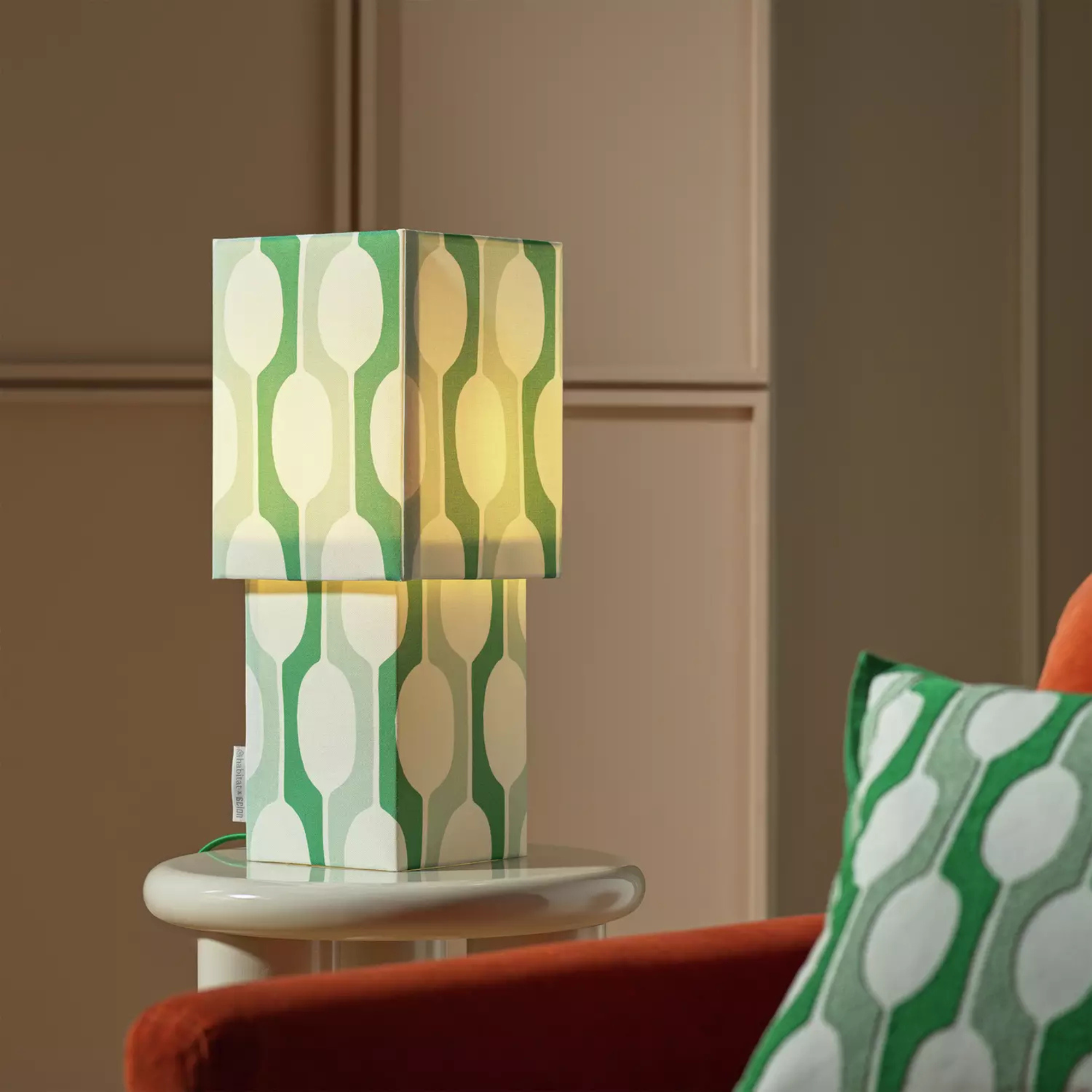 Habitat x Scion's new table lamp will add retro flair to any space -it’s my standout piece from the brand’s new collaboration
Habitat x Scion's new table lamp will add retro flair to any space -it’s my standout piece from the brand’s new collaborationThis might be the most stylish table lamp of the season
-
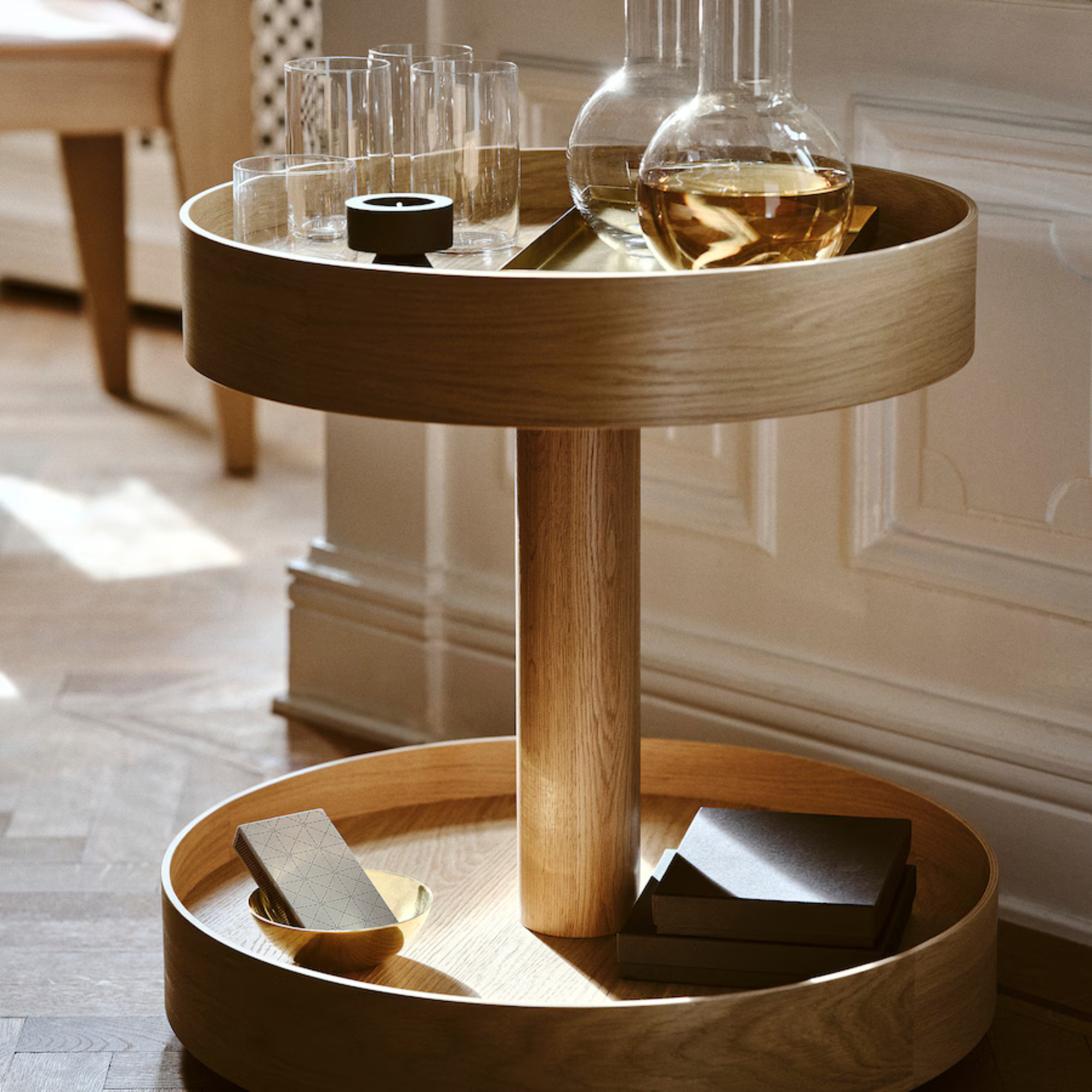 IKEA’s new ‘floating’ storage trolley nails classic Scandi-style - I think this clever feature will give it cult status
IKEA’s new ‘floating’ storage trolley nails classic Scandi-style - I think this clever feature will give it cult statusIKEA's new design is almost too pretty to be a storage trolley
-
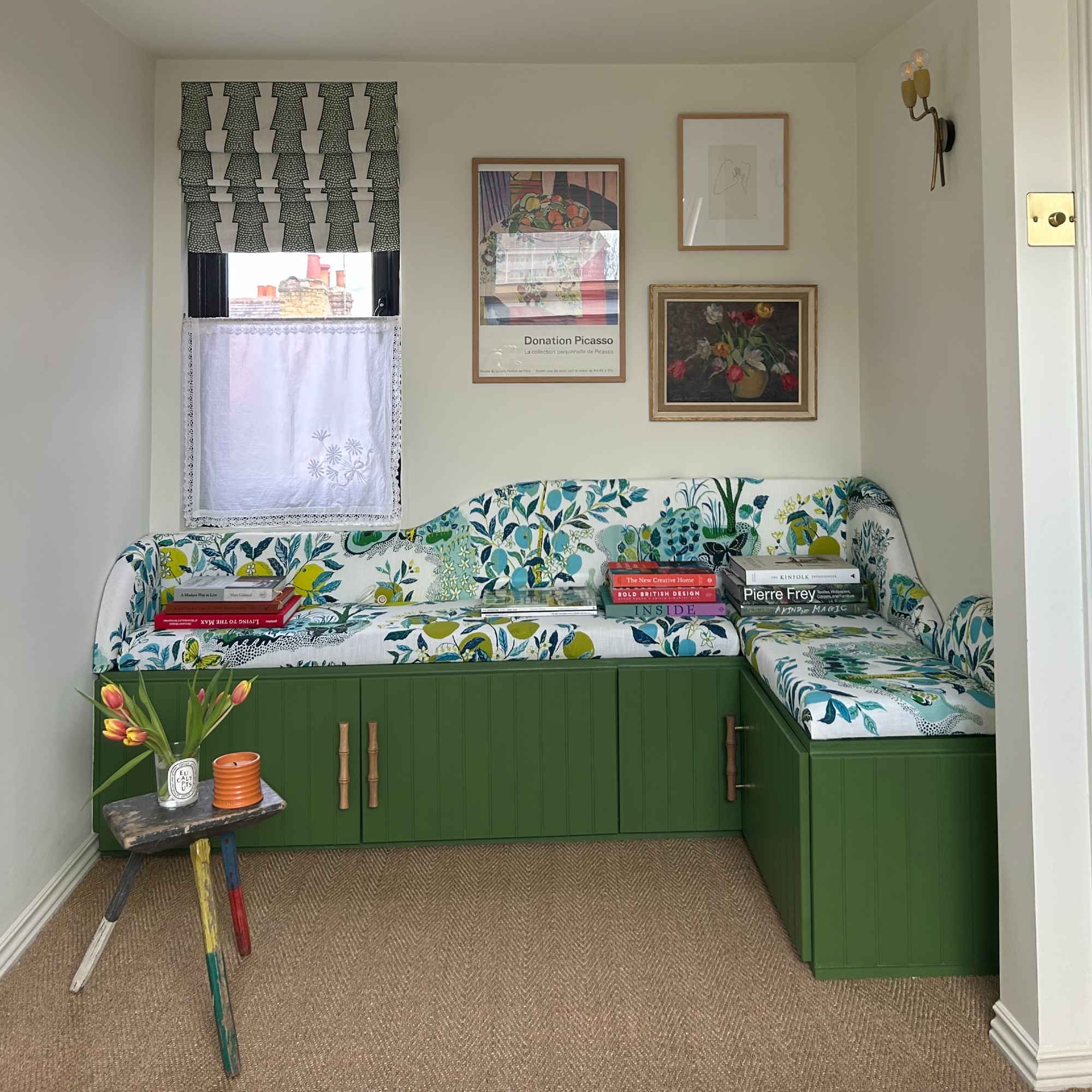 5 IKEA BESTA hacks that will transform your basic storage cabinets into stylish pieces with a high-end look
5 IKEA BESTA hacks that will transform your basic storage cabinets into stylish pieces with a high-end lookNot sure what to do with your BESTA storage cabinets? These hacks will give you plenty of inspiration to work with
-
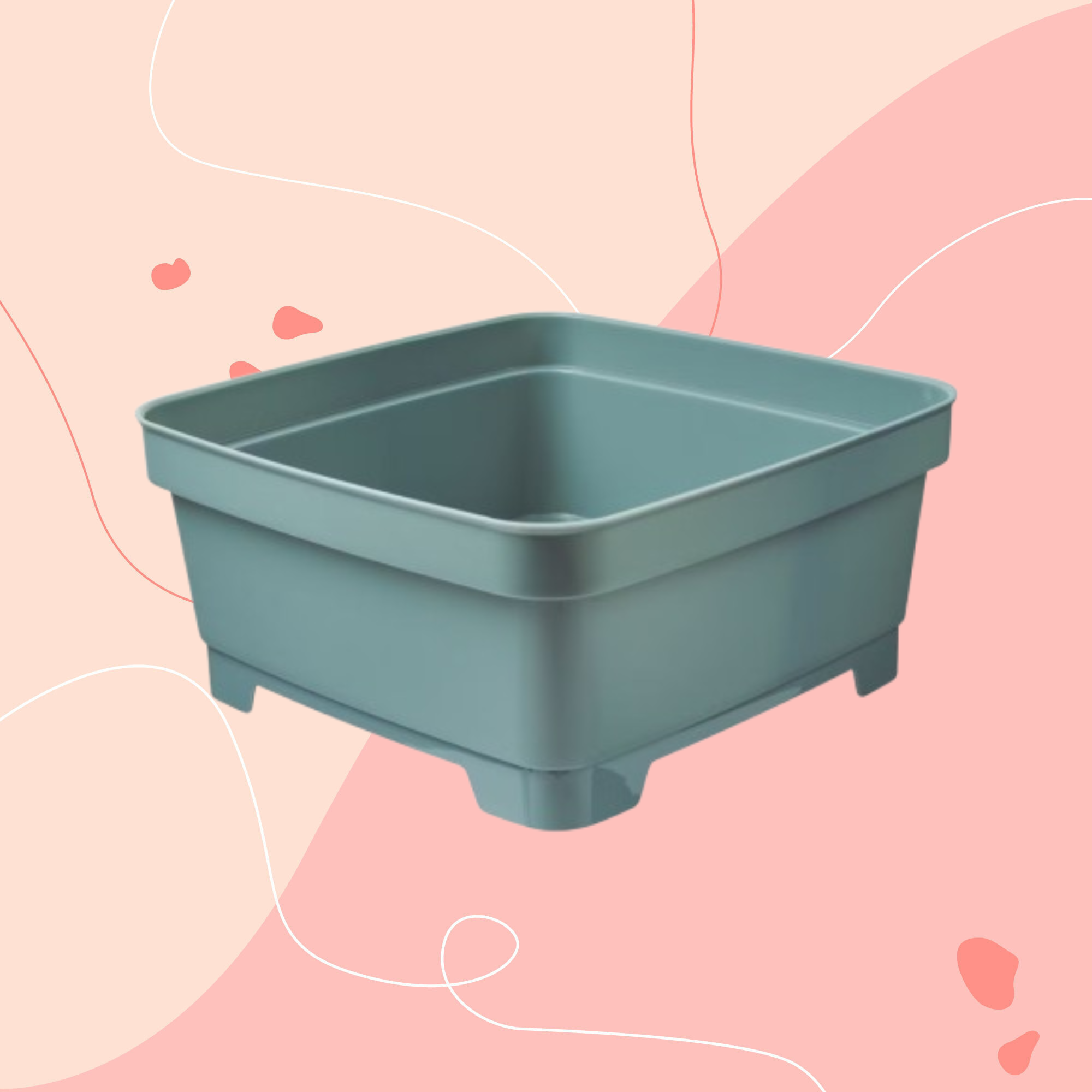 Aldi is releasing a budget alternative to the cult Joseph Joseph washing up bowl – it’s just £4.99
Aldi is releasing a budget alternative to the cult Joseph Joseph washing up bowl – it’s just £4.99The Joseph Joseph washing up bowl is an Ideal Home favourite - now we can't wait to try Aldi's alternative
-
 I just bought my first home, and this £10 buy was the very first thing I bought for it to make it feel warmer and secure
I just bought my first home, and this £10 buy was the very first thing I bought for it to make it feel warmer and secureIf I did it all again, this would still be my very first buy
-
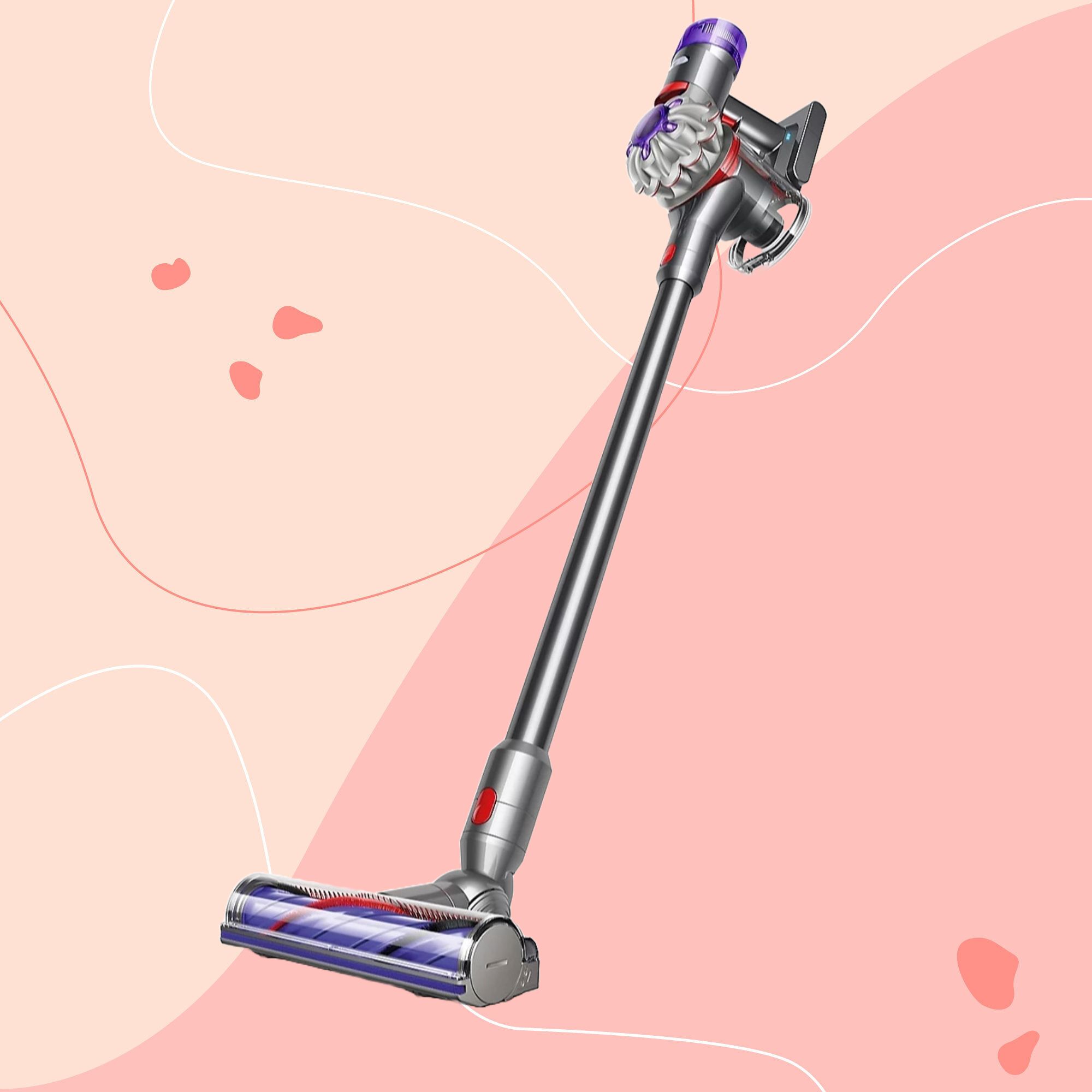 It’s normally impossible to find a Dyson vacuum for under £250 — but QVC has slashed the price of their bestselling models for a limited time
It’s normally impossible to find a Dyson vacuum for under £250 — but QVC has slashed the price of their bestselling models for a limited timeRun don’t walk to pick up the brand’s bestselling model for under £230 before it sells out
-
 Catherine Zeta-Jones has revealed the cleaning product she swears by to keep her home fresh - and it’s just £8 on Amazon
Catherine Zeta-Jones has revealed the cleaning product she swears by to keep her home fresh - and it’s just £8 on Amazon'I use it on my counters. I use it on my walls. I use it on my doors. When I smell it, I know my house is clean.'
-
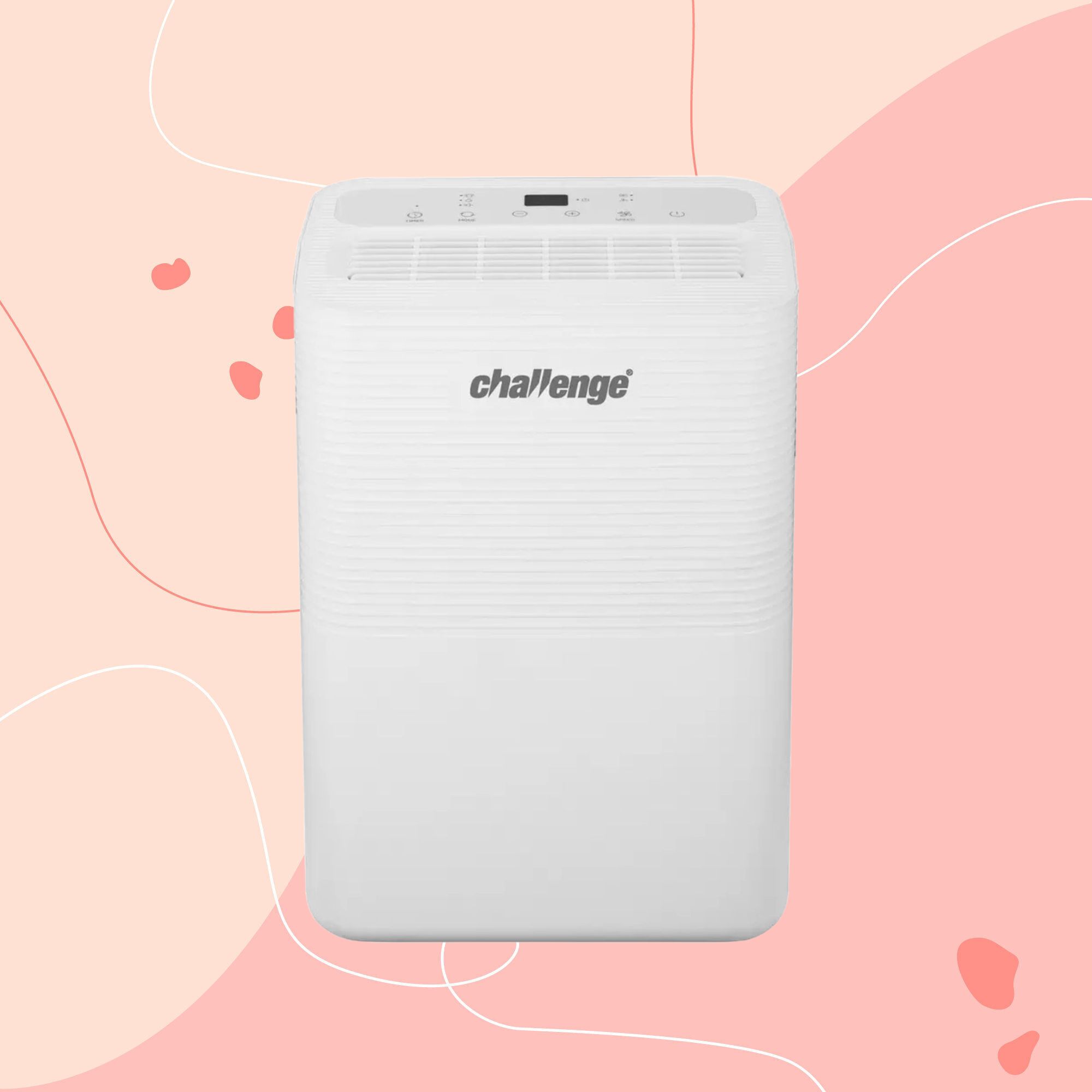 I tested the 12L Challenge dehumidifier in my damp Victorian home over winter — I haven’t spotted any signs of mould for the first time in five years
I tested the 12L Challenge dehumidifier in my damp Victorian home over winter — I haven’t spotted any signs of mould for the first time in five yearsThe Challenge 12L dehumidifier doesn’t have too many bells and whistles, but I can already see the difference it’s made to my damp home
-
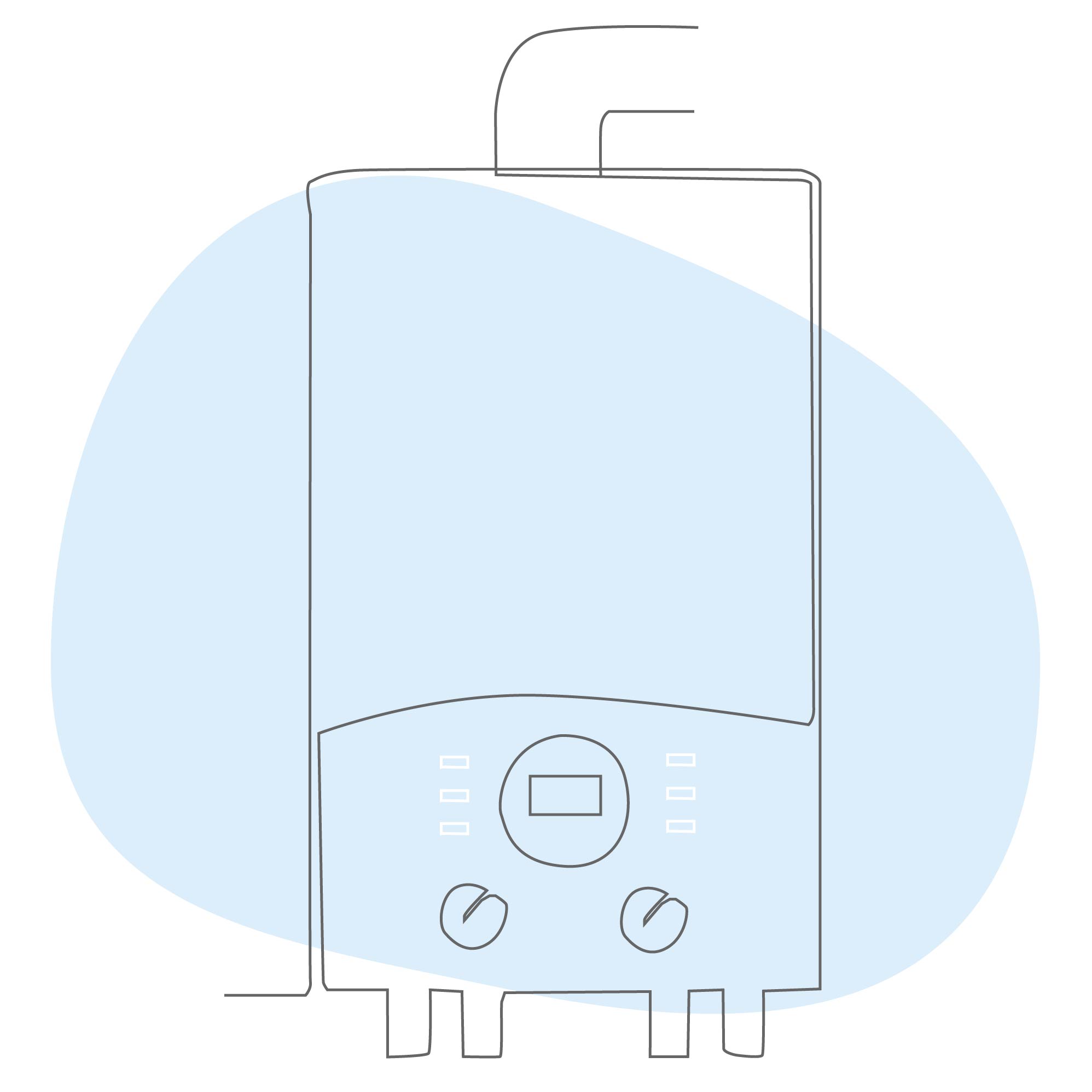 What is boiler flow temperature? Heating experts urge you to check yours now as you could be overpaying on your energy bills
What is boiler flow temperature? Heating experts urge you to check yours now as you could be overpaying on your energy billsTurning this little-known number down just a few degrees can result in some serious savings
